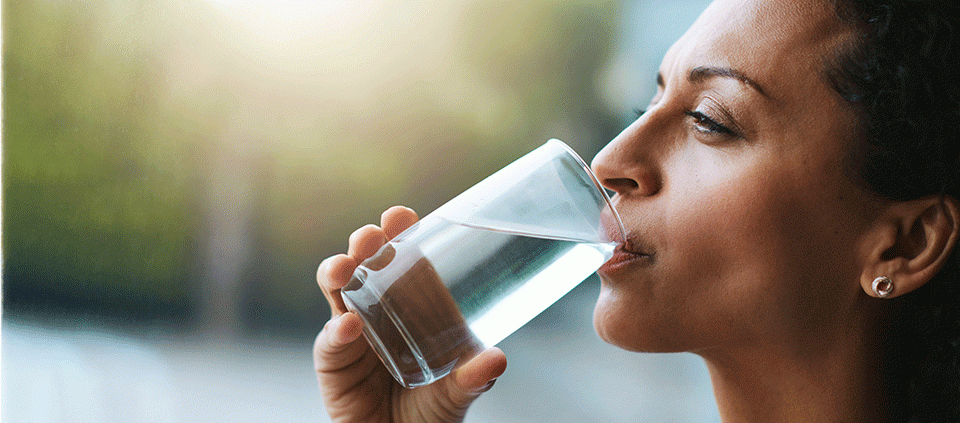Ayurveda for Healthy, Clear, Glowing Skin

Besides being one of the first things people notice about you, your skin offers clues about your overall health. “When things are happening on the skin, that’s a signal of deeper imbalances,” says Kripalu-trained Ayurvedic Health Counselor Cat Pacini. “We don’t want to just treat the symptom. We want to get at the root cause.”
In Ayurveda, skin issues are seen as an imbalance of the doshas, the three constitutions around which Ayurveda is based. Surface treatments alone won’t eradicate what causes acne, which is why Ayurvedic approaches include diet and lifestyle changes.
“In Ayurveda, it all starts with the digestive system,” Cat says. “It’s important to make sure that your digestion is functioning properly so that toxins don’t build up, and to eat food that won’t increase inflammation. When we don’t take in the proper nutrients, that’s where disease and illness come from.”
How Your Dosha Affects Your Skin
- A vata imbalance can produce blackheads. Dryness in the body can cause an overproduction of oil, clogging the skin.
- A pitta imbalance may cause inflammation and toxins to accumulate, resulting in red, painful pimples.
- A kapha imbalance can create cystic acne due to excess dampness in the body.
Four Tips for Healthier Skin
- Eat more green veggies. If you’re having trouble with your skin, Cat suggests reducing sugary, spicy, and sour foods, as they can increase heat and inflammation in the body, aggravating pitta. Instead, she says, consume more bitter, astringent vegetables, like asparagus, collard greens, dandelion greens, and kale.
- Stay hydrated. Drinking six to eight glasses of water a day is the general rule for good health and is great for the skin.
- Make sure your skin cleanser is pure. Some makeup cleansers can cause or aggravate acne by stripping the skin and throwing off the oil balance in the body. Then the skin overproduces oil to maintain the balance. Cat recommends using chickpea flour to make your own all-natural cleanser to remove dirt and gently exfoliate. Add turmeric to reduce inflammation and Neem powder, which is cooling for the skin. (See recipe.)
- Oil up. After cleansing the face, Cat suggests applying coconut oil. While it might seem counterintuitive to treat skin issues with oil, when we put healthy oils on the skin, the body understands that overproducing oil is no longer necessary. Plus, coconut oil contains vitamin E, which helps with proper functioning of the sebum glands, and is antimicrobial and anti-inflammatory. While coconut oil is beneficial for most skin types, super-dry skin might require a thicker oil. Neem oil also balances the skin’s oil production, and reduces redness, swelling, and the tendency to break out. It also helps prevent scarring.
See what works for you! “It’s important to understand that these are general guidelines and suggestions,” Cat says. “They may not work for everyone because the reason one person has acne could be different from the reason someone else has it. Ultimately, we need to look at overall digestive health, what people eat, how they eat, when they eat, hydration, stress, sleep—they all have an impact.”
All-Natural Skin Cleanser Recipe
1 tablespoon chickpea flour
Pinch of turmeric
Pinch of Neem powder
Mix all three ingredients with water. Use less water to create a paste that can be used as a spot treatment; leave on for an hour. Use more water to create a cleanser for the entire face.
Find out about upcoming programs with Cat Pacini.
© Kripalu Center for Yoga & Health. All rights reserved. To request permission to reprint, please e-mail editor@kripalu.org.